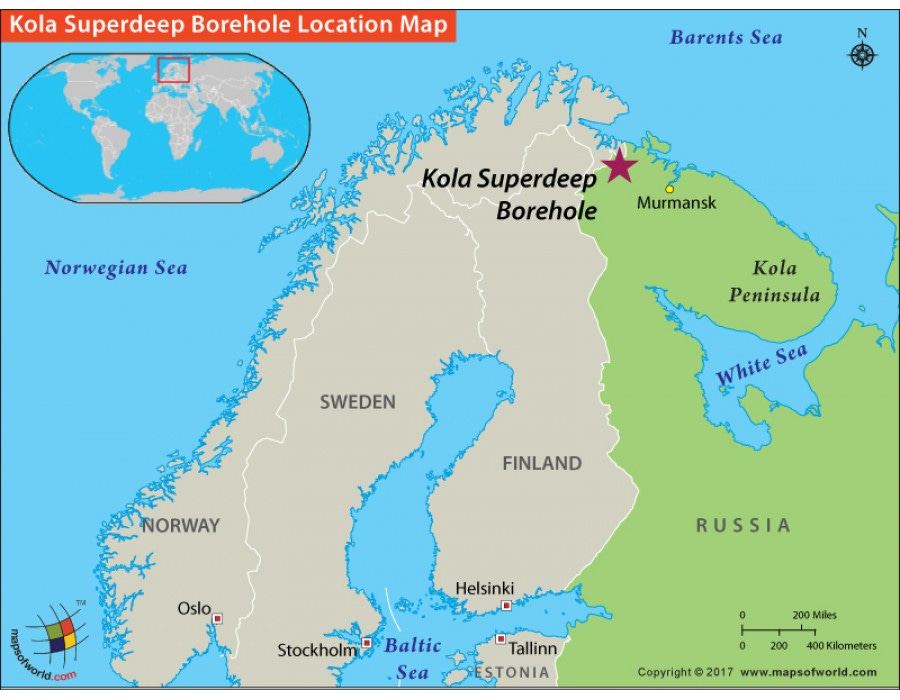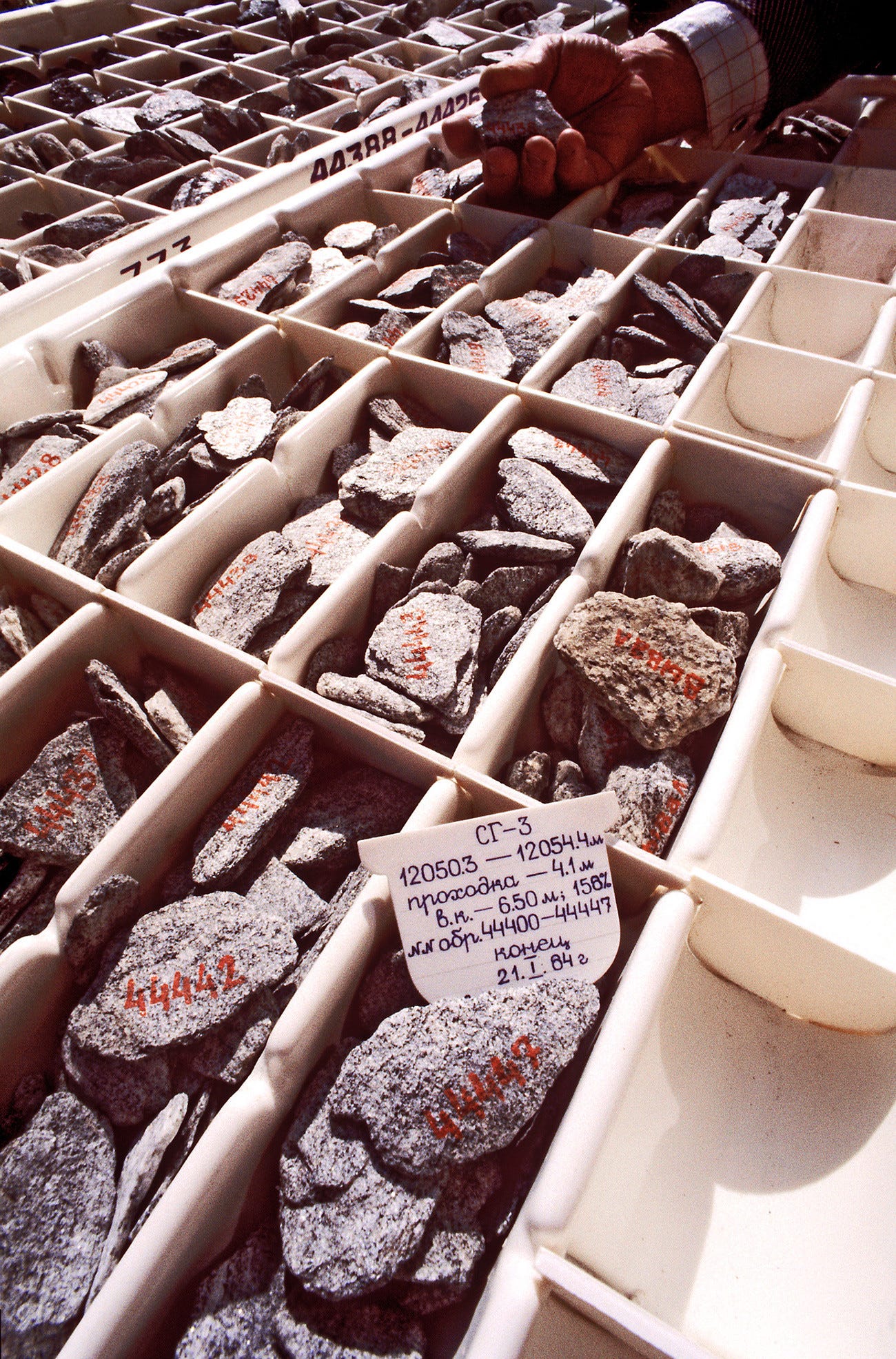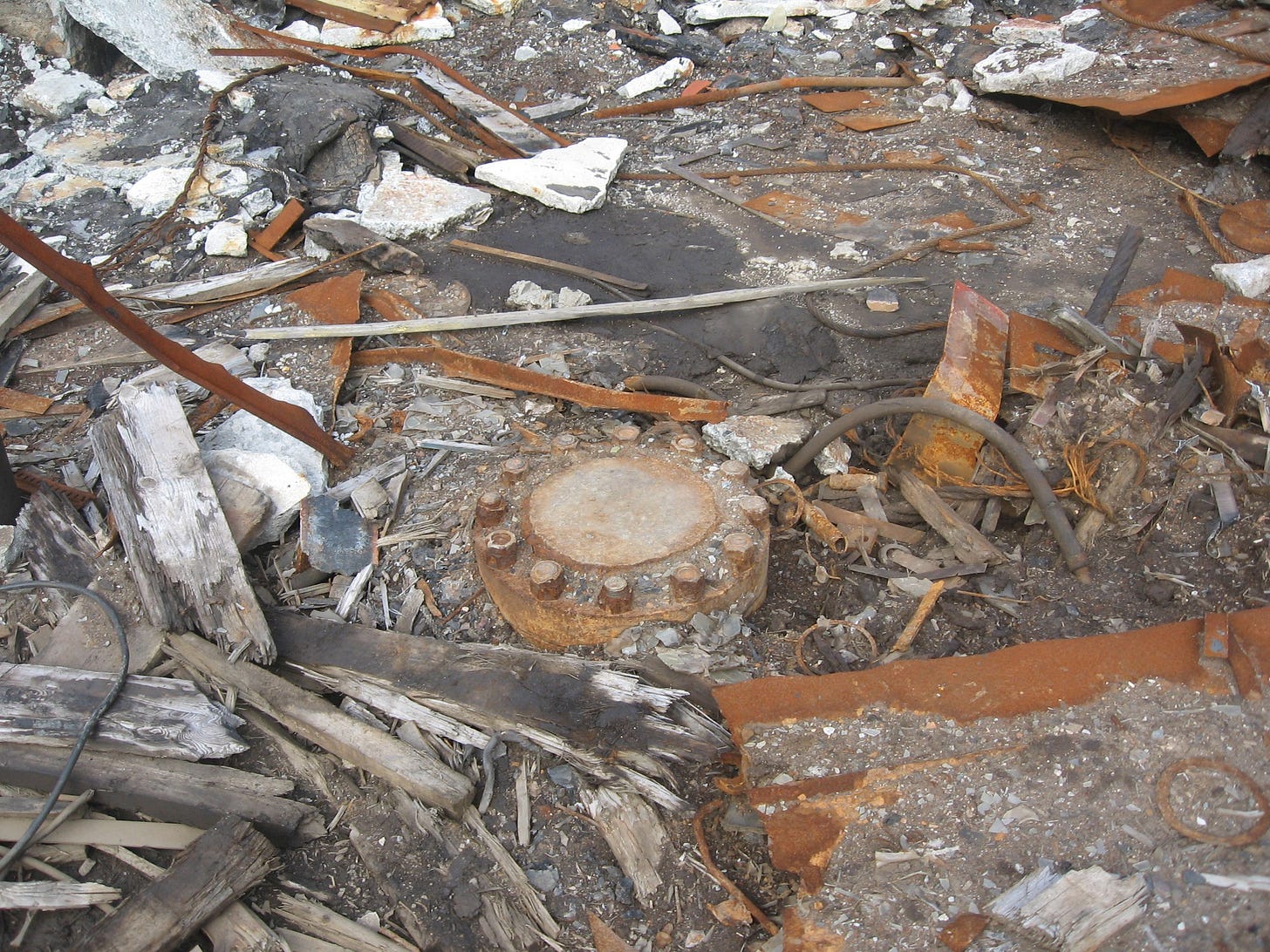The Kola Superdeep Borehole's Legacy and Future Implications
A Cold War Relic Offers Hot Clues for Geothermal Energy
The Kola Superdeep Borehole, an ambitious Soviet project, stands as a remarkable testament to human curiosity and engineering prowess. Initiated in 1970 during the Cold War era, this project aimed not only to surpass the United States in the space race but also to achieve a groundbreaking feat in the exploration of Earth. Located on the Kola Peninsula, within the Russian Arctic Circle, the borehole represents the greatest depths explored into the Earth's crust, reaching a staggering depth of 12,262 meters (about 40,230 feet) after nearly two decades of drilling.

The Kola Superdeep Borehole project was born out of a desire to understand the Earth's interior. The main objectives were to investigate the deep geological layers of the Earth, study the physical and chemical composition of the Earth's interior, and gain insights into the processes of plate tectonics and seismic activity. However, the project had broad scientific goals, including the exploration of mineral resources and exploring the abiotic origin of oil.
The drilling of the Kola Superdeep Borehole presented numerous technical challenges. The extreme depth necessitated innovations in drilling technology, including the development of highly durable drill bits and the management of increasing temperatures, which reached up to 180°C (356°F). Despite these obstacles, the project yielded significant scientific discoveries. It provided invaluable data on the Earth's crust composition.
For example, the absence of the Conrad discontinuity. Seismic data suggested a transition from granite to basalt, known as the Conrad discontinuity, at around 7 kilometers depth. However, the Kola Borehole primarily encountered granitic rock throughout its entire depth of 12,262 meters. Below approximately 7,000 meters, the borehole encountered metamorphic rocks, specifically high-grade gneiss interspersed with layers of minerals like garnet.
A wide variety of minerals were discovered in the borehole, including serpentine, titanite, and apatite. These minerals are significant for understanding the conditions and processes that occur at great depths, including the temperatures and pressures that characterize the Earth's crust at these levels.

One of the most surprising discoveries was the presence of water at depths where it was not expected. This water was not in liquid pools but rather bound in rock, formed through the transformation of minerals. The water is believed to originate from hydrogen and oxygen bonds released under extreme pressure and temperature conditions, suggesting that water can exist deep within the Earth's crust in forms previously unimagined.
Another intriguing finding was the discovery of microscopic fossils of single-celled organisms at depths of several kilometers. These fossils, estimated to be billions of years old, suggest that life has existed deep within the Earth's crust far beyond previous estimates and challenged theories about the existence of life in extreme environments.
Drilling activities ceased in 1992 due to several factors. The borehole reached unexpected temperatures, pushing the limits of available drilling technology. While valuable discoveries were made, continuing drilling yielded less significant new information compared to the increasing costs and challenges. With the collapse of the Soviet Union, funding for the project dried up, making it difficult to sustain further drilling efforts.
In 2005 the well was filled with a special mud solution and capped shut. This prevents environmental contamination and protects the borehole from collapsing.

Interestingly, something that was a simple curiosity at the time may have been the most significant discovery of all… the high temperature. The borehole reached temperatures exceeding 180°C (356°F) at its deepest point, which was significantly higher than initial predictions of approximately 100°C. This finding has implications for understanding the Earth's internal heat flow and geothermal energy potential.
For geothermal energy to be economically viable, certain crustal temperature conditions must be met. Generally, the viability of a geothermal energy project is significantly enhanced when the subsurface temperatures reach at least 150°C (302°F) at a depth of less than 5 kilometers (3.1 miles). Such temperatures allow for the production of high-pressure steam that can be efficiently converted into electricity using turbines. However, advancements in technology, particularly in Enhanced Geothermal Systems (EGS), have begun to lower the threshold for economic viability, enabling the extraction of geothermal energy from lower-temperature resources, typically around 100°C to 150°C, at depths accessible with current drilling technology. The economic viability is also influenced by factors such as the local cost of electricity, the availability of water for generating steam or cooling, and the proximity to electricity grids. In regions with naturally high geothermal gradients, such as Iceland or parts of the Pacific "Ring of Fire," geothermal plants can harness high-temperature resources at shallower depths, making geothermal energy a particularly attractive and cost-effective option.
However, the discovery of unexpectedly high temperatures in the Kola Superdeep Borehole, reaching around 180°C (356°F) at depths of 12 kilometers (7.5 miles), has significant implications for the potential of geothermal energy resources in many new areas, especially when considering advancements in drilling technologies like gyrotron drilling.
Keep reading with a 7-day free trial
Subscribe to Irrational Fear to keep reading this post and get 7 days of free access to the full post archives.



